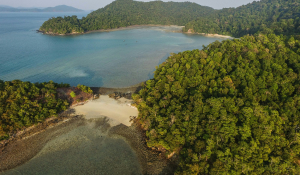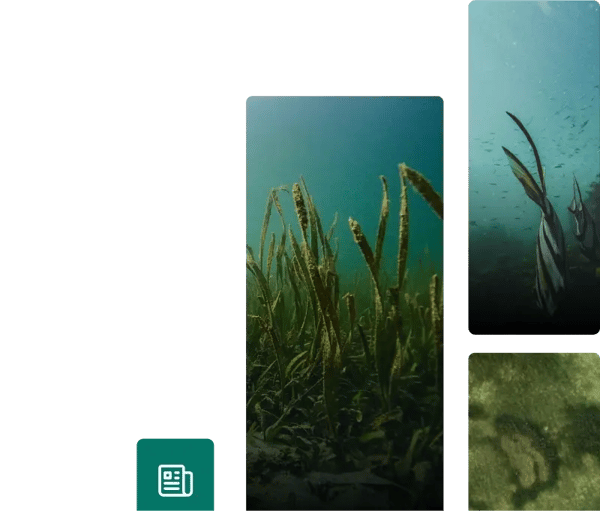Blue Carbon Project in Tabasco
The projects are managed by
Local communities
The projects, managed and run by local communities employing young men and women, aim to preserve, conserve and restore mangrove forests in two communities, while sharing revenues to have a positive impact on the local economy.
Saving the Ecosystem & Combating Climate Change in Mexico
With the success of the first certified Blue Carbon project in Mexico under Climate Action Reserve, ClimateSeed and San Crisanto Foundation have started working with two additional mangrove communities in the Gulf of Mexico, Tabasco. Since project implementation in September 2023, some of the work that has been carried out includes defining project areas, community capacity building activities, and baseline estimation through site samplings. Both projects are community-owned mangrove forests under the Ejido system that are following the Mexico Forest Protocol 3.0 under Climate Action Reserve.
Crucial, but vulnerable ecosystems in Mexico, mangroves have the potential to capture 4 times more carbon dioxide than terrestrial forest. These ecosystems benefit the local biodiversity, including migratory birds, such as the kingfisher and herons. However, some of the threats in the region include land-use changes, illegal deforestation, and fires within the mangrove forests.
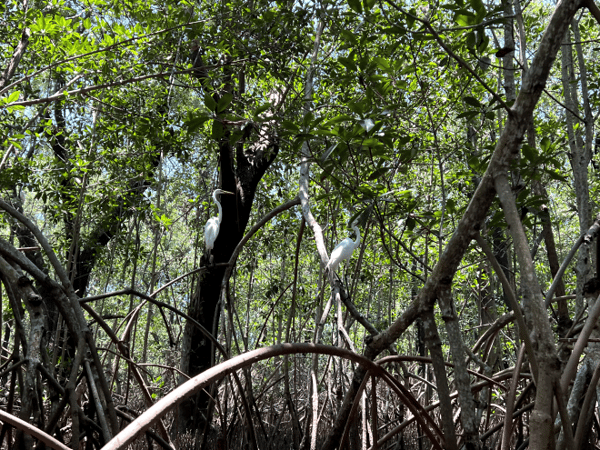
A Treasure at Risk for Climate & Biodiversity
Mexico is home to 6% of the world's mangrove forest cover, found in 17 coastal states. Mexico has the fourth largest mangrove area in the world (after Indonesia, Australia and Brazil), covering more than 900,000 hectares. Only about half of these mangroves are in Protected Natural Areas. Mangroves are vital as they act as natural barriers against climatic disasters for local communities, and contribute to the local economy and biodiversity. However, livestock farming is one of the main causes of mangrove forest loss, particularly in Veracruz, Campeche and Tabasco, Mexico.
For an in-depth look at the series of visits to various Blue Carbon projects, read about Alessandra Souroujon's journey in our blog post.
© Biodiversidad Mexicana |CONAFOR|WRI|CONAFOR|IUCN
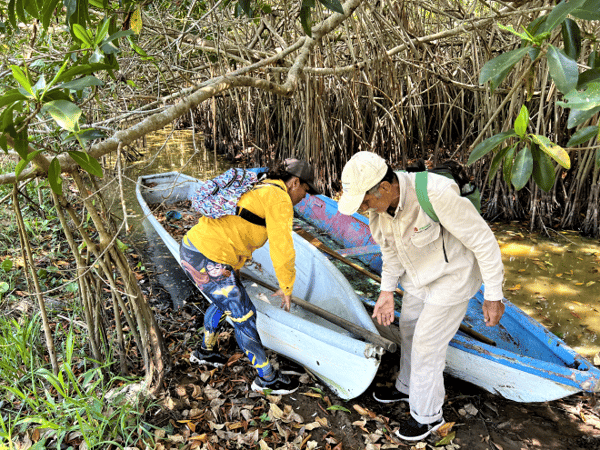
A Single System for Community Governance & Sustainable Land Management
An Ejido is a community-based land tenure system unique to Mexico, established after the Mexican Revolution (1910-1920) to allocate land to indigenous communities and small farmers as a way to reduce social tensions. Today, approximately 50.8% of the national territory consists of Ejidos or communal land, with 29,709 Ejidos and 2,393 communities.
Decisions within an Ejido are made by the General Assembly, which includes all members (Ejidatarios). Each Ejido sets its own rules for land governance. Therefore, any project, including carbon initiatives and social safeguards (e.g., Free, Prior, and Informed Consent - FPIC), must be approved by a majority vote, with equal voting rights for both men and women.
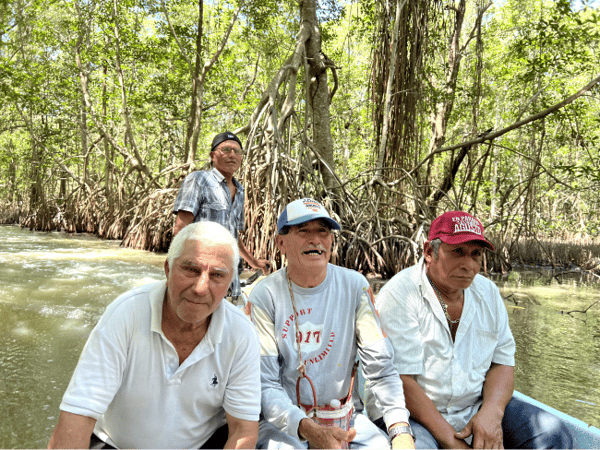
Key elements
8,000 tC02
expected total annual carbon sequestration
1,152 ha
of mangrove forest combined
131
community members total
(Ejidatarios)
200
sampling sites completed per project
About Community In Paraiso, Tabasco
Mangrove species: Mostly white (Laguncularia racemosa) and red mangrove (Rhizophora mangle), but also some black (Avicennia germinans) & button mangrove (Conocarpus erectus).
Animal species: Striped basilisk (Basiliscus vittatus), Green iguana (Iguana iguana), along with endangered species, such as; Snail kite (Rostrhamus sociabilis), Yellow-headed parrot (Amazona oratrix). Near threatened species, such as; Morelet's crocodile (Crocodylus moreletii), and Jaguarundi (Herpailurus yagouaroundi). Along with, vulnerable species, such as; the American crocodile (Crocodylus acutus).
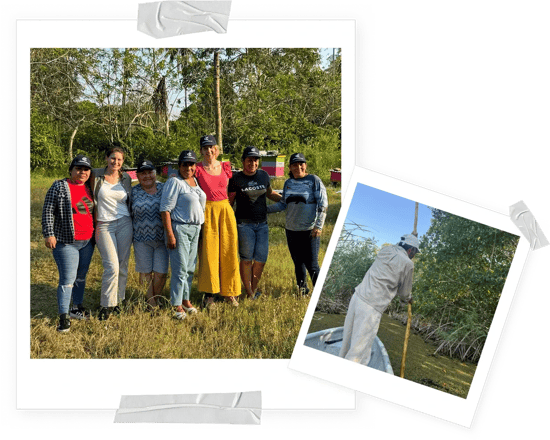
Mangrove species: Mostly red (Rhizophora mangle) and black mangrove (Avicennia germinans), but also some white (Laguncularia racemosa) and button mangrove (Conocarpus erectus).
Animal species: Species include, the brown pelican (Pelecanus occidentalis), river otter (Lontra longicaudis), and Blue crab (Callinectes sapidus). Near threatened species include; the Morelet's crocodile (Crocodylus moreletii), and Jaguarundi (Herpailurus yagouaroundi). Along with, endangered species including, the Snail kite (Rostrhamus sociabilis), and Yellow-headed parrot (Amazona oratrix).
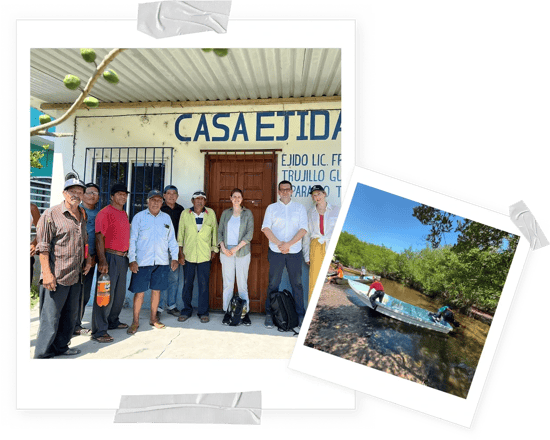
Project developers Testimonials
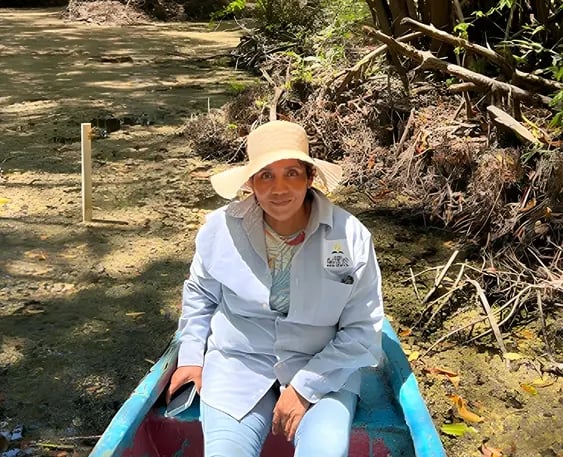
Doña Antonia Ramìrez Segura
I'm grateful to God, ClimateSeed and the San Crisanto Foundation for their support, which enables our mangrove restoration project to be certified. My aim is to raise awareness of their protection and reforest in the face of global warming, while compensating the Ejidatarios who preserve them. Despite the threat of illegal logging and fires, their conservation requires constant community effort.
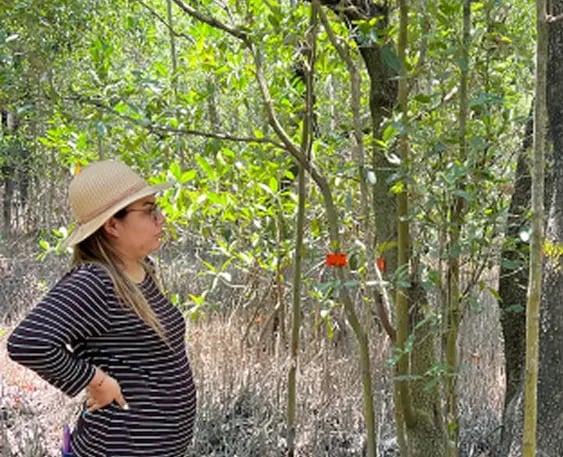
Yeni Selván
Working with the inhabitants of an Ejido was a rich learning experience, thanks to their sharing of mangrove-related customs, traditions and knowledge. I particularly appreciated the commitment of the women at the sampling sites and the accuracy of the elders in recording the data. Their work, dedication and hospitality left a deep impression on me.
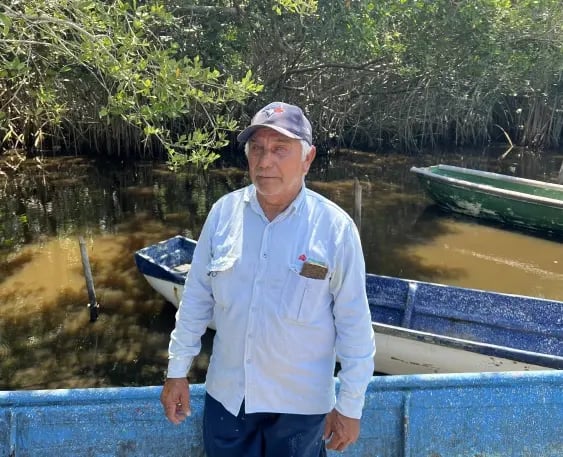
Don Manuel Chablé
What’s happening here in Trujillo is that there’s a refinery in the lagoon. It affects us a lot when the wind or the northern breeze comes or when it rains. Everything comes here to our mangroves, to our communities. It falls into the water and stains everything the leaves, the walls, whatever it touches. That’s what’s affecting the mangroves. You can see trees with dead leaves. It is crucial for us to protect our mangrove.
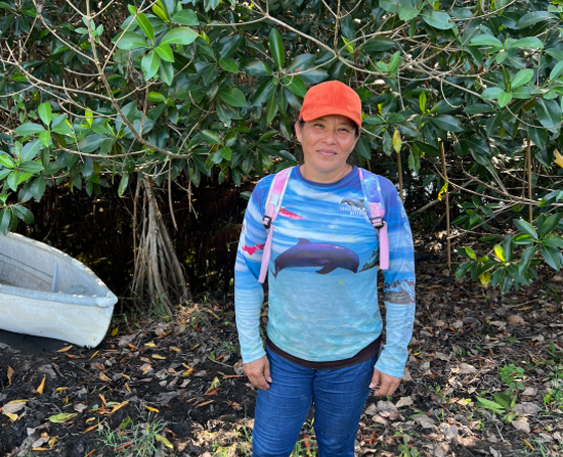
Anabel Alejandro Gamiche
We are a group of 10 women, and together we run an apiary. We harvest honey, sell beeswax and hives, and make use of everything our little bees produce like propolis. We’ve been dedicated to this beekeeping project for about a year and a half. Our group is called The Rebellious Queens of the Mangrove. The name reflects our environment our apiary is right by the edge of the mangrove, which is where the bees mainly feed. And we say “rebellious” because the bees are lively and untamed, always buzzing around, just like us.
Interested in more?
Explore further
our articles dedicated to climate initiatives & carbon projects
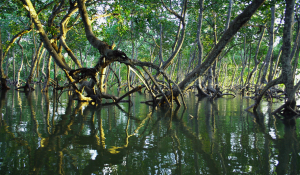
Types of Property on which Mangroves Ecosystems Sit
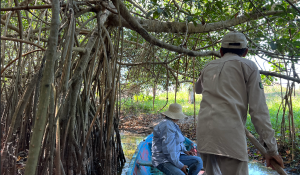
Mexico Visit: 3 Ecosystems, 12 Communities & 10 Days
